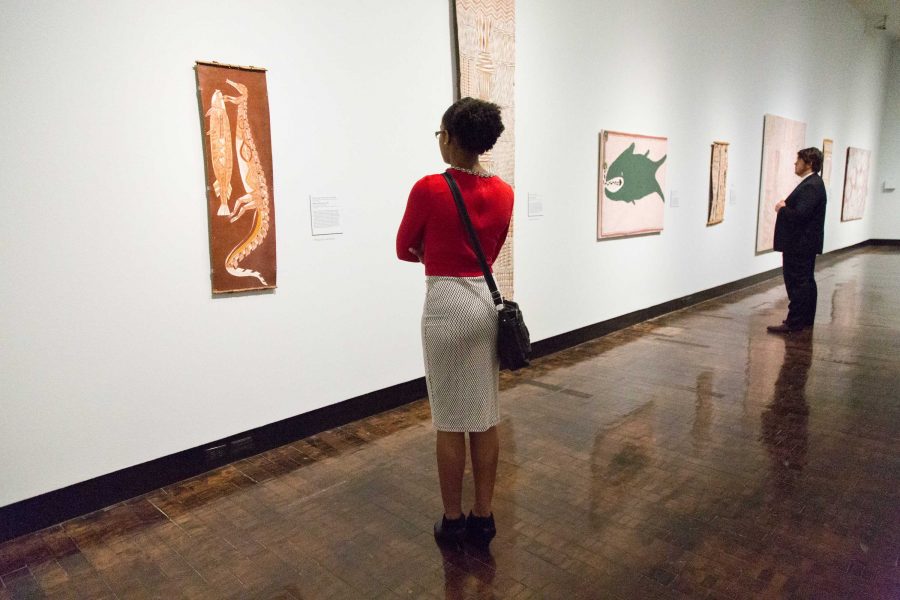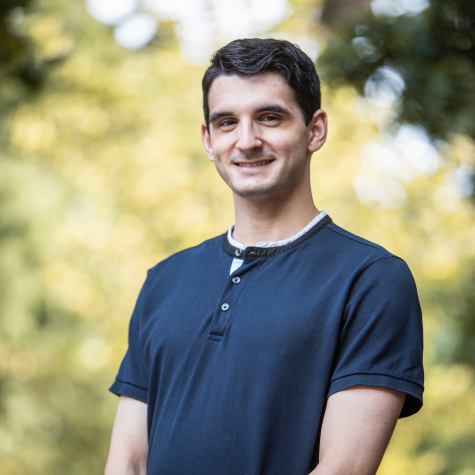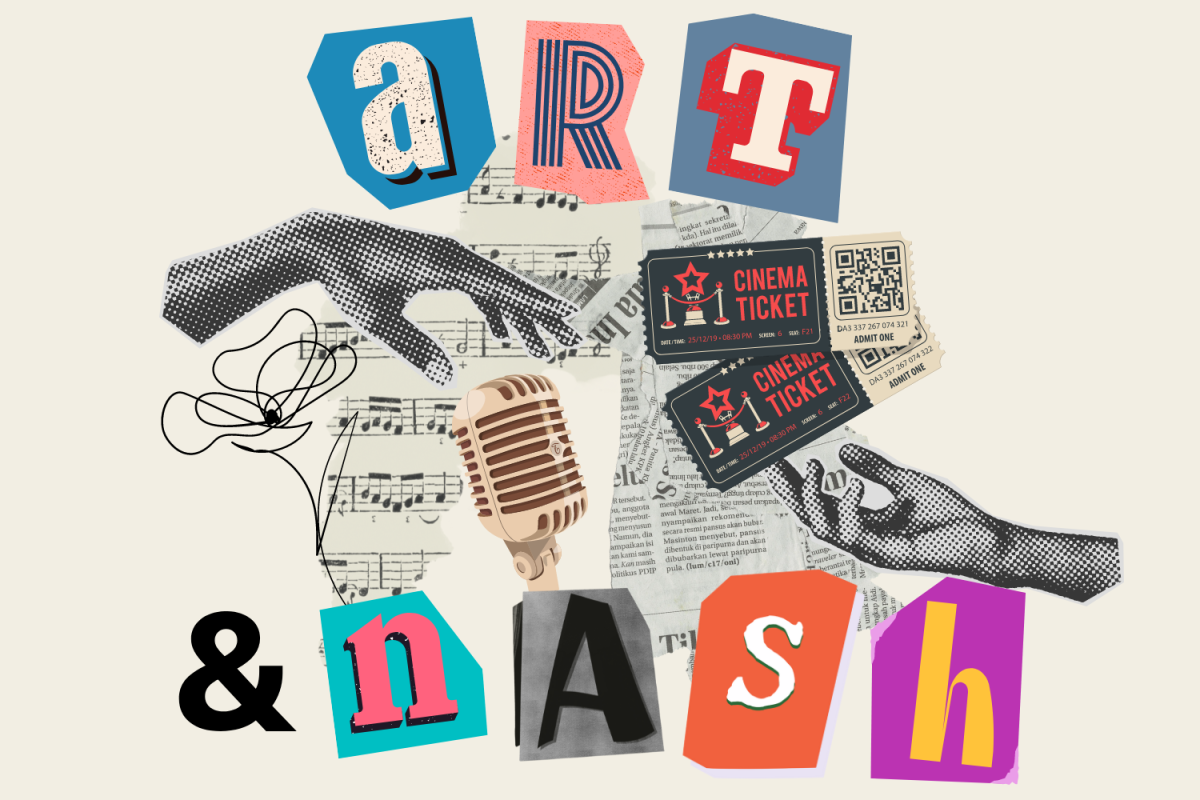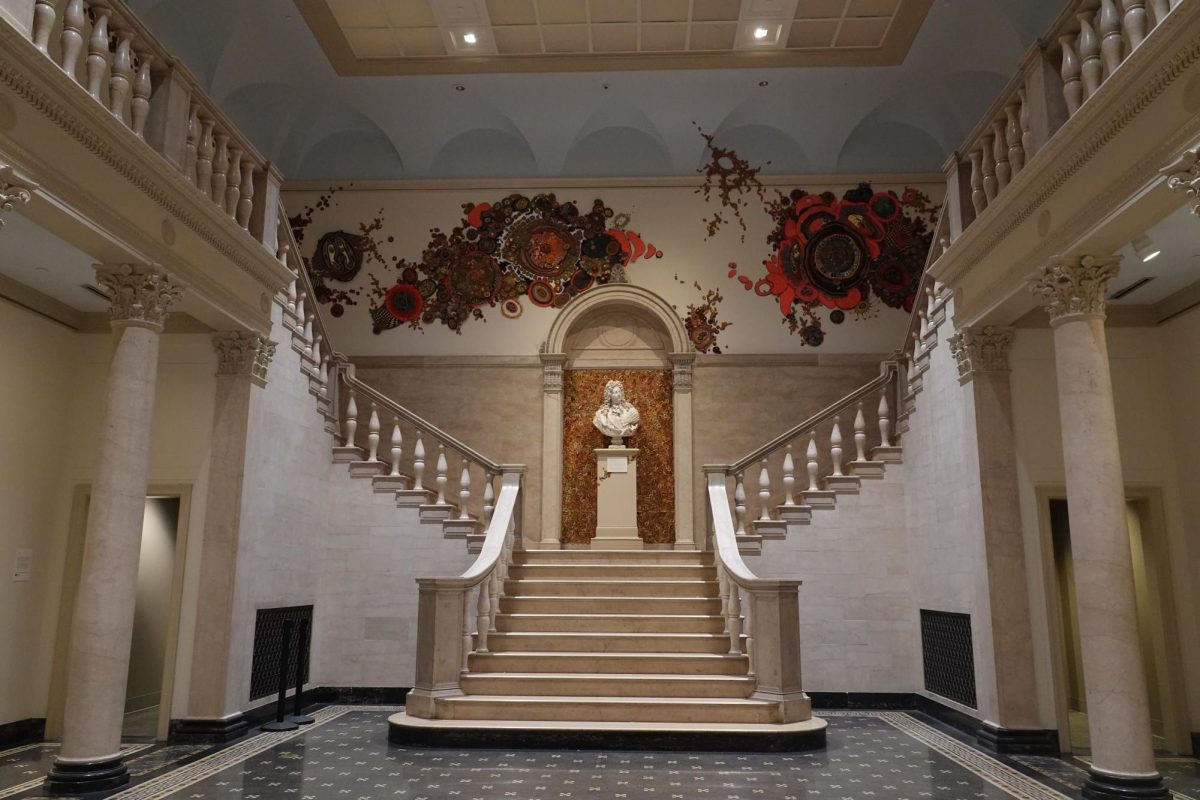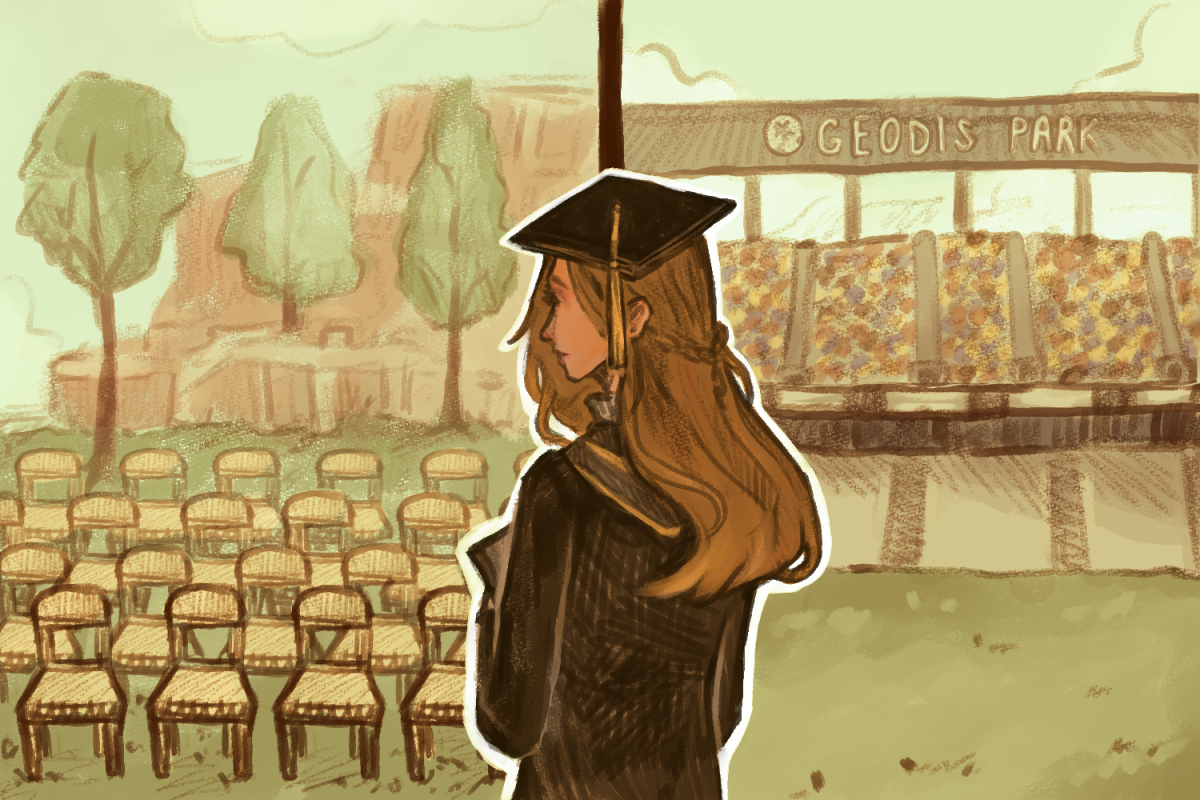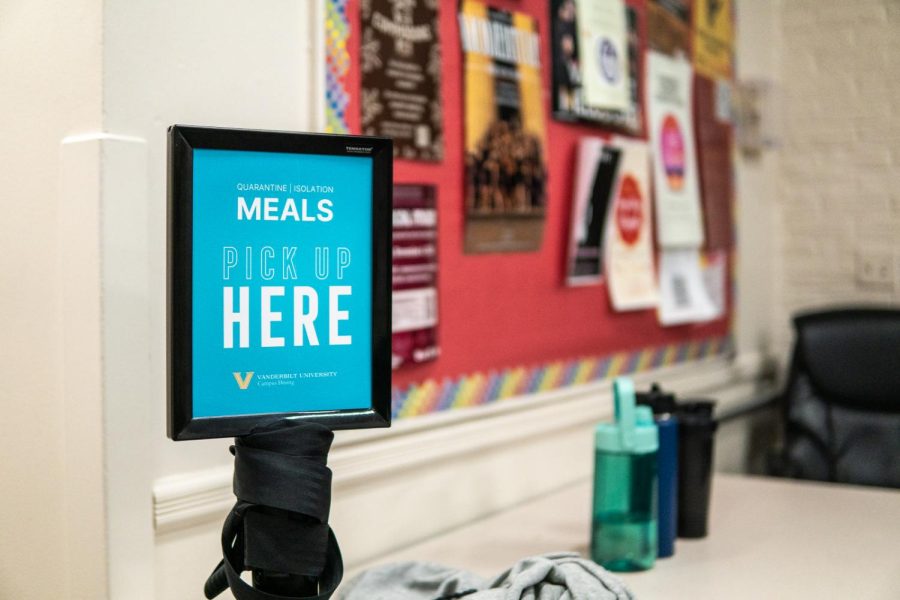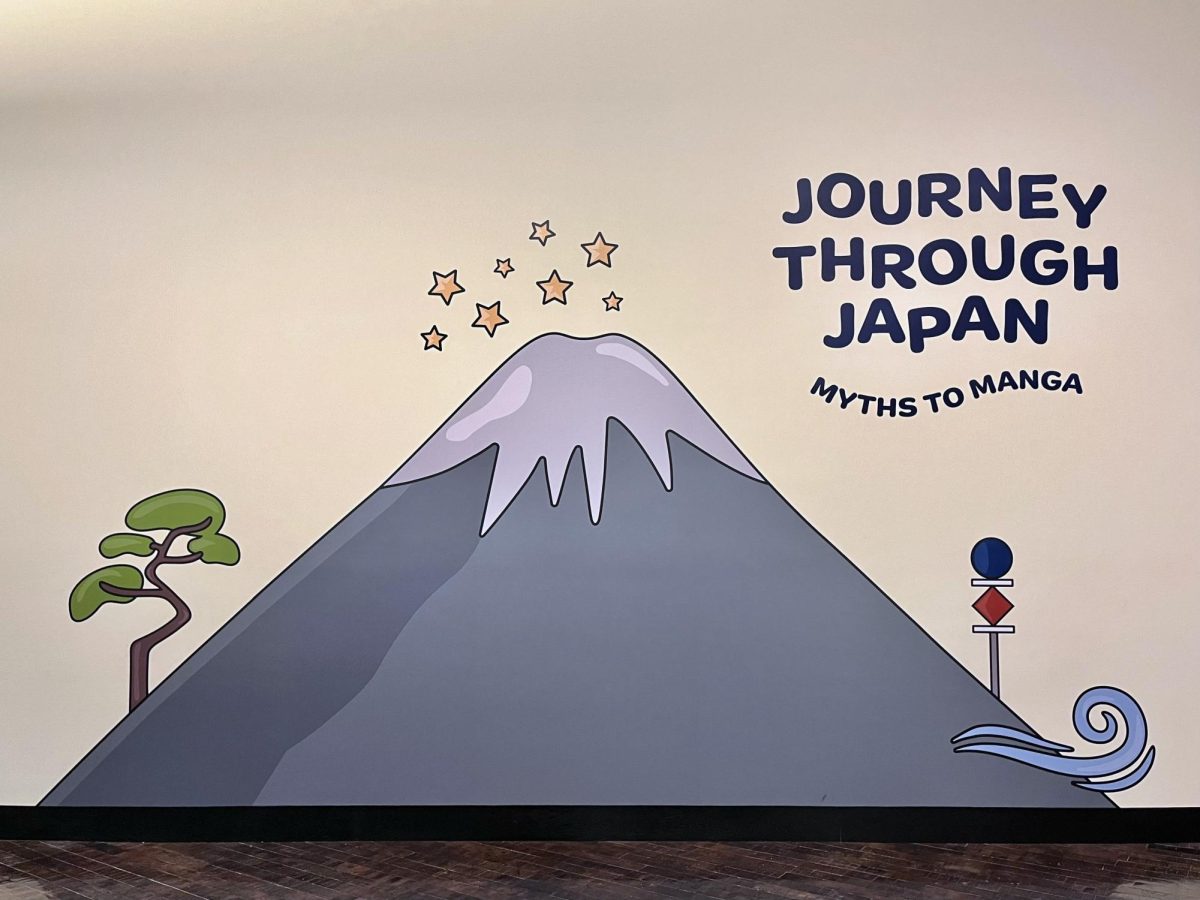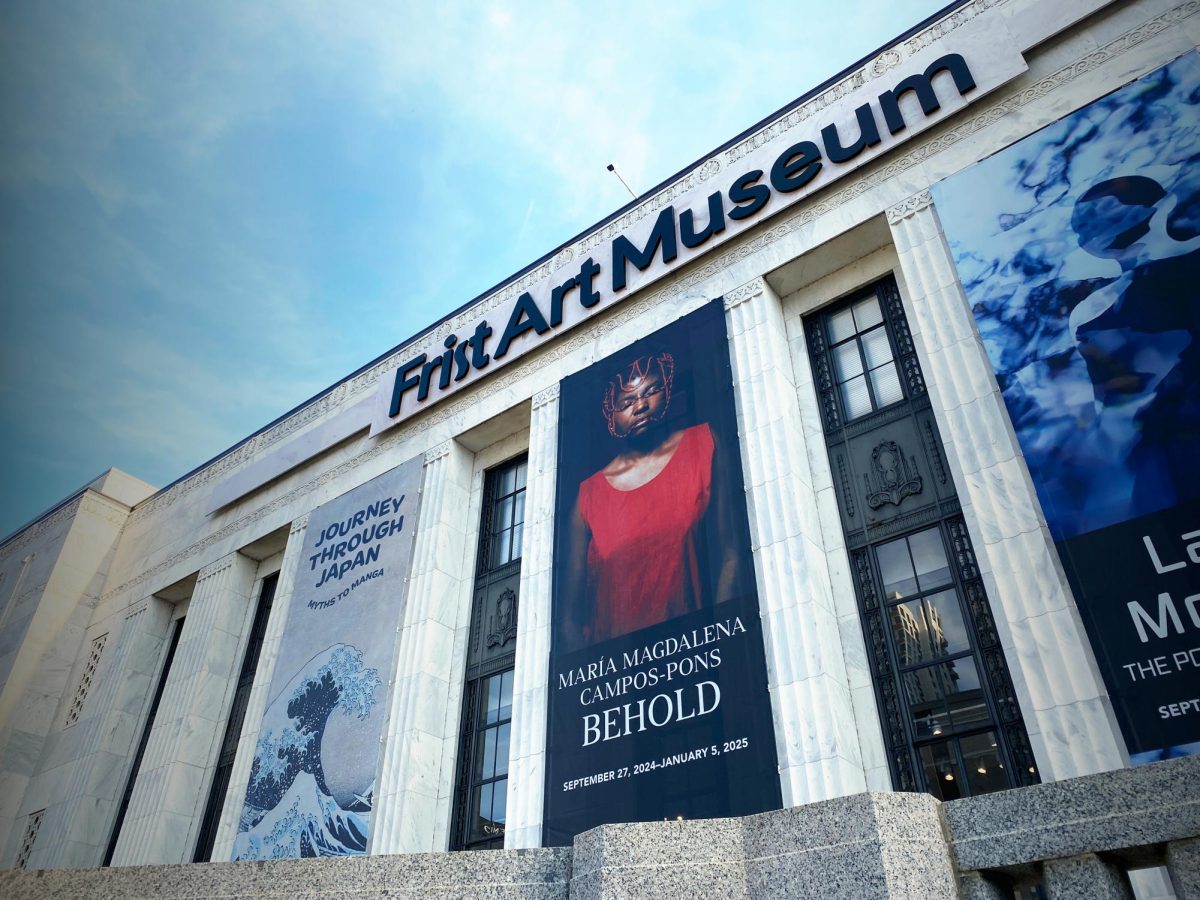While businesses across the country have grappled to stay afloat amid COVID-19, Nashville’s Frist Art Museum has engaged in numerous online artistic alternatives to maintain activity and draw new audiences. The Frist is a nonprofit art exhibition center that works to present visual art from areas around the world, from local to international artists and exhibitions.
They have partnered with Vanderbilt University, Fisk University and Millions of Conversations: a media-driven campaign directed at addressing marginalization and stigma against minority populations in an initiative called “Living in Common in the Precarious South(s).” Founded by Dr. Maria Magdalena Campos-Pons, Vanderbilt professor of Fine Arts, the initiative explores themes of redefining monuments, emerging solidarities, love transmutation and performativity over eight episodes directed at exploring ways to increase communication between populations in the South.
The Frist originally shut down in March for 98 days but reopened to members in late June and to the general public July 1. The museum had initially acquired exhibits by Mel Ziegler, J.M.W. Turner and Jitish Kallat in late February before shutting down just several days later. Today, hours are reduced on Thursday and Friday evenings to 5:30 pm instead of 9 pm, and new health and safety policies have been installed. All in-person attendees must register in advance for tickets or memberships online. While docent-led group tours are temporarily suspended, the museum still offers self-guided group tours for up to 25 participants.
“One unintended consequence of everything is that the museum has increased its audience. Tourists no longer have to be in Nashville to come to a public lecture because we have provided online alternatives,” Media and Public Relations Director Buddy Kite said. “We’ve already been able to increase our outreach nationwide and internationally.”
Fortunately, the Frist was granted extensions for existing exhibitions. The Frist typically borrows art displays from other institutions and organizes its own programs, but with worldwide museum restrictions due to the pandemic, most artists have been generous with distributing their works. Currently, the Frist offers displays by Rina Banerjee and Alrecht Dürer as well as a Terry Adkins exhibition which will close Jan. 3.
Given the current uncertainty, the Frist has also been more diligent in developing contingency plans for its exhibitions.
“We typically plan events two or three years out in advance, but now we have to prepare for things to change earlier. We have to work with other museums and venues to make sure the schedules work for everyone,” Kite said.
However, the Frist does have a hands-on gallery called Martin ArtQuest that is on permanent display in the museum. While it was initially shut down to minimize physical interactions, the display reopened Nov. 8. Museum authorities worked with the Metro Health Department for safety plans, discussing better ways to present the display such as using Plexiglas screens, and they passed inspection with flying colors. However, Kite asserts that these changes aren’t necessary across the board.
“There aren’t that many exhibitions that involve touch. While COVID-19 changed the dates we were planning to offer, it hasn’t changed the type of exhibition,” Kite said.
While Nashville is not luring the amount of tourists it did before COVID-19, this has not been critically detrimental for the Frist. Their in-person attendance deficit has been on par with the majority of museums nationwide, per Kite. Though the Frist does not collect as much revenue through tickets now, they have still managed to stay financially stable.
“We don’t strictly rely on admission revenue. It’s a very important part for our total financial picture, however we have grants, fundraising and strong membership bases that have supported us during this time. We’re trying to be creative and nimble and do cost saving things when we can,” Kite said.
Ultimately, while the Frist has battled through some difficult setbacks, staff members intend to provide as many opportunities for visitors as possible.
“A lot of staff members are doing many different tasks. Everyone is mission-driven and mission-oriented, and will work as hard as they can to make things work because they believe in the Frist,” Kite said. “Looking forward, we’ll probably continue to do online programming. Most of our talks with curators are held on Zoom, and we’ve developed videos on YouTube to draw attention to our exhibits.”
The current exhibitions at the Frist will be available until January.
“Art is for reflection, and we hope our exhibits are a place where you can escape to relieve some stress,” Kite said.

